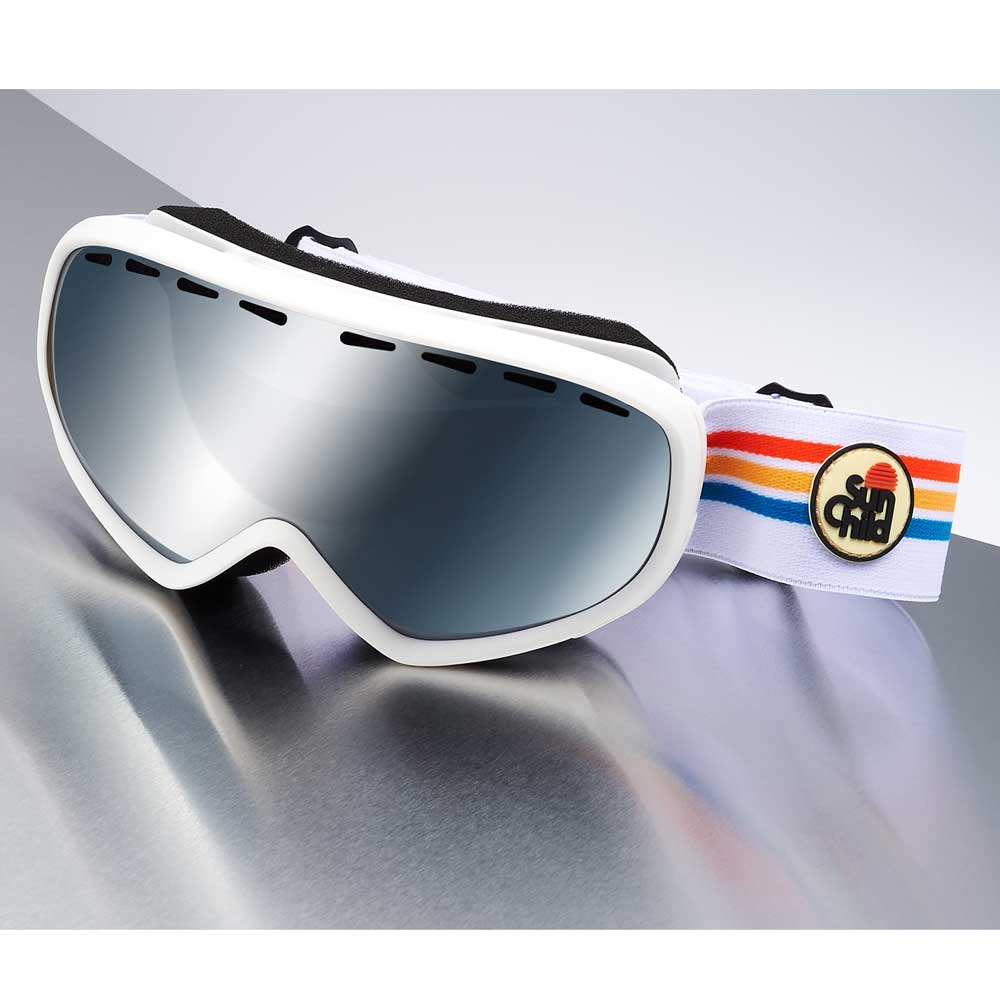We spend long hours at work, this environment can have various daily influences or even risks on our long-term visual health.

Lighting:
Poor lighting is a common problem when working especially in office environments. The ideal is to work in natural light, which allows us to be more relaxed. Unfortunately far too many offices are poorly lit and the main source of light is fluorescent light, neon tubes. This light is white but sparkles a lot, emitting peaks of certain wavelengths; this causes eyestrain .
In addition to these lighting issues, we must not forget that we spend a lot of time in front of our computer screens, which are themselves a source of light and glare and visual fatigue. Our eyes are exposed to an influx of images: pixelated images of the screen but also the reflection(s) of our surroundings. This is very tiring and the reality of many assets spending 8 hours on PCs. This is why it is imperative to position your screen so that it does not receive the reflection of light.
We must take into account that electronic devices emit their own light with a significant peak of harmful blue light, so we must protect ourselves from their negative effects by avoiding abuse and wearing blue light blocking glasses.
Environments:
Temperature is a frequent source of conversation in the office; there are those who are cold, those who are hot! Heaters, reversible air conditioning are working well… What impact for the eyes? These heating systems dry out the atmosphere and lead to a common eye problem: dry eye syndrome . The eyes tend to dry out after hours spent concentrating and working because we blink little to moisten our corneas.
To avoid feeling these genes, workplaces should be naturally ventilated as much as possible. If this is not feasible, there is always the option of installing humidifiers to maintain a healthy atmosphere.
Eye fatigue:
Several factors are therefore harmful to our sight at work, so that visual fatigue and eye stress are unavoidable. To minimize the effects, it is important to rest your eyes regularly by looking into the distance, taking breaks and doing some simple exercises to relax.
Visual fatigue should not be confused with presbyopia, an age-related visual defect that appears after the age of 40 and affects near vision . Some people with near vision difficulties equate it with visual fatigue as they become presbyopic! The simplest solution to remedy this: reading glasses equipped with degressive lenses.


